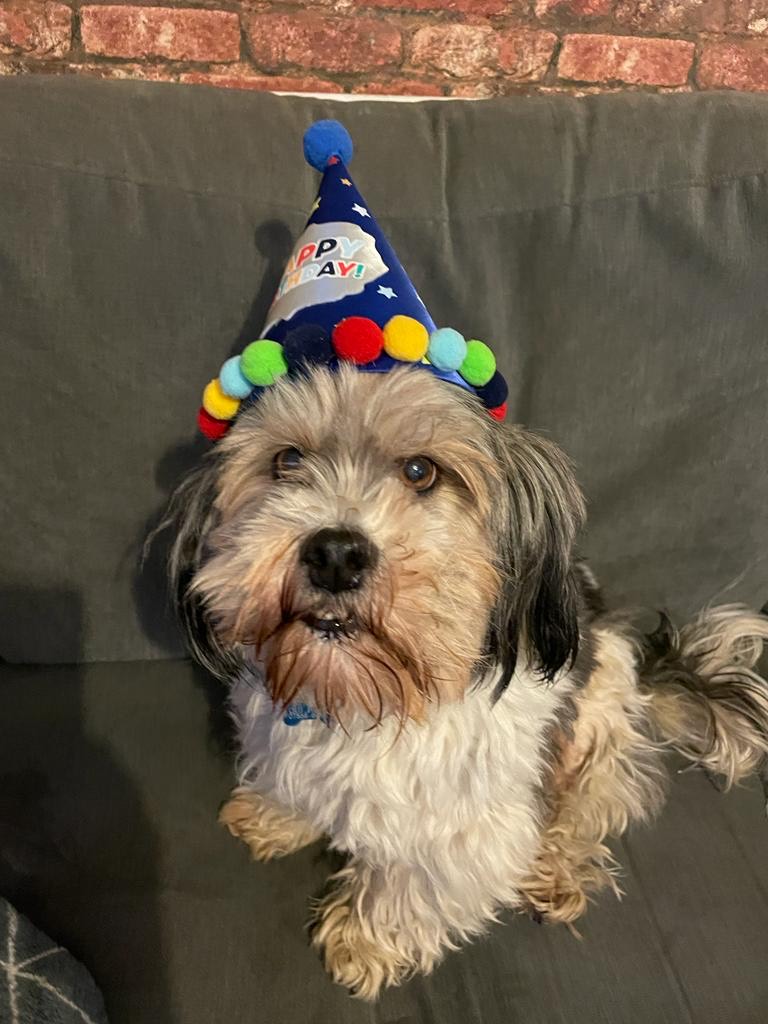Classic Study - Robber's Cave
Cards (9)
- Aim of the Robber's Cave experiment
- To see if creating in-groups and opposing out-groups would cause prejudice in a group of 22 boys
- If two groups were set a goal that needed cooperation to achieve, then prejudice would be reduced.
- First stage of the Robber's Cave experiment
- Sherif and his associates first observed the formation of group structure. They were housed in a large bunkhouse and were able to choose their own ‘buddies’
- After a few days they separated the kids into two groups, being careful to break up friendship groups.
- they matched the groups so individual differences would not play a role
- 2nd stage - The procedure in group formation
- The boys were given a range of activities, from campouts to hikes
- In each group tasks were divided and each group developed its own jargon, special jokes, secrets and methods of performing tasks.
- each group selected a group name and a symbol which they put on their T-Shirts
- The names were ‘Eagles’ and ‘Rattlers’
- 3rd stage - In group relations - friction stageOver the next 4 days friction between the groups was encouraged by means of competitions between the groups for attractive prizes, such as penknives.competitive activities includes baseball and tug of war
- 4th stage - procedure of the friction stagethe tournament started in good spirits, but soon the boys were calling each other terrible names like ‘cheat’ ‘stinker’ or ‘sneak’the boys refused contact with the opposing group and ignored their ‘buddies’when asked to give ratings to the other boys in the cam, they gave negative ratings to boys in the other group
- 5th stage - shocking revelations
- soon after name-calling, scuffles and ‘raids’ stealing the other team’s flag and setting fire to became commonplace
- Final phase - the interrogationthe researchers realised that they had confirmed their hypothesis surprisingly easily, so a further hypothesis developed.This was ‘working in a common endeavour should promote harmony
- Establishing superordinate goals
- The researchers had to establish superordinate goals
- the established a series of urgent and natural situations for example:
- interrupting the water supply
- making the camp truck break down on an outing
- thus has to be resolved by working together and new friendships were made as they worked through these crises.
- The happy ending
- By the end of camp, boys were ‘actively seeking opportunities to mingle, entertain and treat each other’.
- the boys also made far less negative ratings of the opposing group
